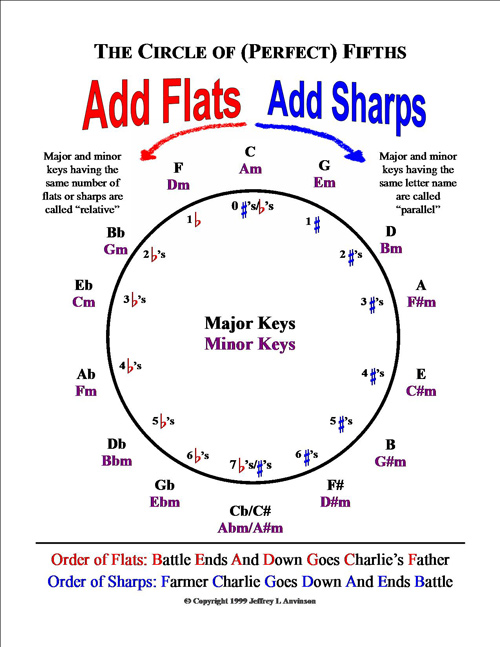
Short-term or incomplete modulations are often referred to as tonicizations, which is the treatment of a pitch other than the overall tonic as a temporary tonic. Modulation is the movement from one key area to another. A few examples of relative keys include C Major and A minor, D Major and B minor, and B ♭ Major and G minor. The reverse is also true, meaning that the relative major of a minor key centers its root on the third scale degree of the minor scale, and both keys will utilize the same key signature. These scales will utilize the same key signature but a different root.īecause the relationship between the major and relative minor is constant, the process used to find the relative minor is also constant. This is the relative minor of the major scale you used to derive it. Essentially, re-ordering a major scale so that the root is centered on the sixth scale degree will give you a minor scale. Major and minor keys follow different patterns of pitch relationships, but these pitch relationships are related to one another. A major scale beginning on D, for example, requires two pitch alterations, F-sharp and C-sharp, in order to maintain the pattern of W – W – h – W – W – W – h, so the key signature for D Major will indicate these two sharp pitches. The accidentals (sharps and flats) identified in key signatures are alterations of specific pitches that maintain the modal interval relationship patterns. Keys are named for the starting pitch (also known as the tonal center or root) and the pattern or interval relationships between scale degrees (major or minor for the purposes of explaining the circle of fifths). For more on these scales, see our deep dive articles on the major scale and the three minor scales. The minor scale, on the other hand, separates scale degrees by the pattern W – h – W – W – h – W – W. In the case of a major scale, the interval relationships between scale degrees follow the pattern W – W – h – W – W – W – h, where W = whole-step and h=half-step. The major and minor modes are the most common in western music, so the circle of fifths is almost exclusively set up to outline how major and minor key signatures relate to one another.

Put most simply, a key signature defines a set of pitches that relate to one another in a pattern of half-steps and whole-steps. But then again, you might find this a helpful review.
#CIRCLE OF FIFTHS FREE#
For the music theory heads out there who already know their way around the circle of fifths, feel free to skip to the next section. There are just a few elements of music theory worth reviewing before we get into using the circle of fifths as a tool think of these as the assembly instructions breaking down the patterns utilized in the formation of the circle of fifths. In this article we explore the circle of fifths and its uses, helping you take out the guesswork out of modulation in your next project. It is laid out so that keys located closer together in the circle are more closely-related, which makes it a useful tool for charting modulations.

The circle of fifths is an arrangement of key signatures and their tonal centers by perfect fifths.
#CIRCLE OF FIFTHS HOW TO#
Now might be the time to whip out the trusty circle of fifths, a tool utilized by composers since the early Baroque era, to figure out how to chart a compelling modulation. You can tell it needs to go somewhere, but you don’t know where. You have about two-thirds of a great piece of music, but that won’t be enough.


 0 kommentar(er)
0 kommentar(er)
